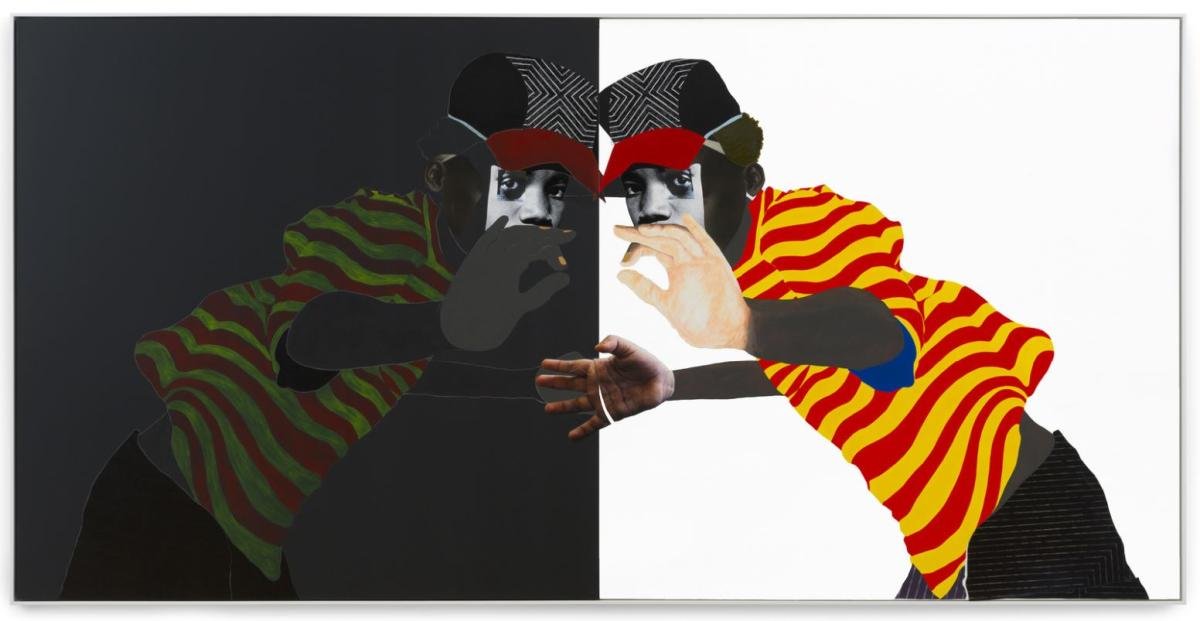Deborah Roberts: Twenty Years of Art/Work
“For all our sakes, I hope Deborah Roberts continues to stake a claim, through her work, for a more expansive view of Black children.”
—Dawoud Bey
Artwork by Deborah Roberts
Foreword by Dawoud Bey
Texts by Carolyn Jean Martin, and Ekow Eshun
Conversation with Sarah Lewis
Purchase your copy here.
Deborah Roberts: 20 Years of Art/Work provides the definitive look at the artist’s practice over the past two decades. With newly commissioned texts and a thorough dive into Roberts’ archive, this monograph offers a comprehensive view of one of today’s most significant artists and social observers. An extensive plate section is accompanied by a personal, heartfelt foreword from Dawoud Bey on “the tragic mischaracterization of Black children”; an insightful essay from Ekow Eshun on the social and political histories of innocence, race, and the fractured nature of the contemporary Black experience; a celebratory tribute from Carolyn Jean Martin on the musicality, humility, and generosity of Roberts’ practice; and a free-ranging conversation between Roberts and Sarah Elizabeth Lewis.
Since the beginning of her artistic career, otherness has been at the center of Roberts’ consciousness. Her early ideals of race and beauty were shaped by and linked through Renaissance art and fashion magazines— mythical, heroic, beautiful, and powerful images that embodied a particular status not afforded equally to anyone Roberts knew. Influencing the way she viewed herself and other African Americans, those images led her to investigate the way their identities had been imagined and shaped by societal interpretations of beauty. Having one’s identity dismantled, marginalized and regulated to non-human status demanded action. This led Roberts to critically engage image-making in art history and pop-culture, and ultimately grapple with whatever power and authority these images have over the female figure.
By using images from American history, Black culture, Pop culture and Black history, Roberts takes on a powerful social commentary, critiquing perceptions of ideal beauty, and challenging stereotypes and myths. Her process combines found and manipulated images with hand drawn and painted details to create hybrid figures. These figures often take the form of young girls and increasingly Black boys, whose wellbeing and futures are equally threatened because of the double standard of boyhood and criminality that is projected on them at such a young age. The boys and girls who populate her work, while subject to societal pressures and projected images, are still unfixed in their identity. Each child has character and agency to find their own way amidst the complicated narratives of American, African American and art history.


